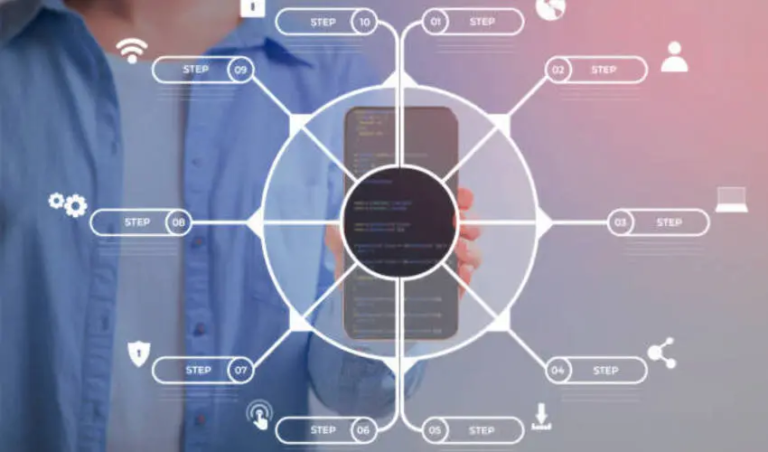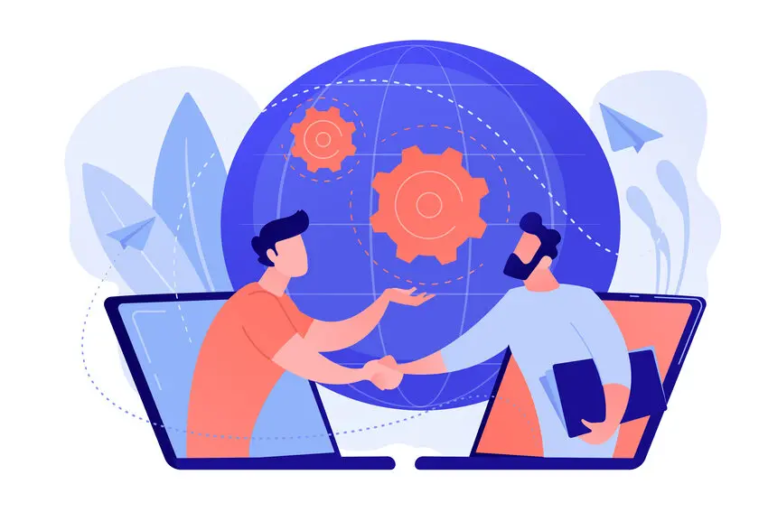AI and GPT will be able to scribble code and configure apps in the coming five years. However, it can’t perform is comprehension of business user requirements. That is the significance of a business analyst. Business analysts can attain an advantage from AI and GPT by attaining huge productivity enhancements to facilitate work. We are already witnessing this with our customers and consultants.
Introduction
AI and GPT can take text, which could be the transcript of the interaction with an image or a business user, as the prompt draws a UPN figure. GPT and AI amalgamate the prompt with top-notch procedures from their AI frameworks. It saves time, and people have begun to use it on a blank screen.
Business analyst skills are very important; asking questions to prompt GPT and AI, then authenticating the result, and refining it. When GPT and AI draw a picture that appears to be wrong, it is normal because the prompt didn’t have sufficient context was complex.
AI and GPT can create user stories with the acceptance criteria enabled off the back of a process diagram. This decreases the effort done and raises the precision and consistency of the user stories. These can then be refined and reviewed based on the analysis of the business.
If we identify complexities with the user stories, it is probable due to difficulties and inaccuracies in the process maps. It is very effective in rectifying the process maps primarily and utilizes AI to write user stories again. In the past, before the advent of AI and GPT would upgrade the user stories but sometimes ignore the revisit process maps.
The AI and GPT have allowed us to enhance our basic foundational documentation since everything is created from it. this enhancement in documentation is the main factor behind the important productivity gains we are witnessing.
However, there are more gains. Enterprise apps are now configured through metadata instead of custom code. GPT and AI view all acceptance criteria in every user story and then assess current metadata can facilitate it. If no metadata will function, it suggests what needs to be developed. It saves time and decreases technical debt. An analyst can’t view thousands of metadata configurations and assess everyone for every acceptance criterion. AI and GPT require more metadata information.
The Future Of BPM
The future of BPM is very strong. Nevertheless, it requires focusing on and evolving on developing foundational documentation (metadata, ERD, process maps, descriptions) that AI/GPT can utilize to speed up future stages of app development.
AI and GPT have the capability of reading documents in English, and they can recommend configuration solutions. As a result, it can create and configure apps in the future. This brings us close to the vision that has driven BPM for the previous 20 years. What makes this a possibility is that computers can explain maps in a way that can be viewed by everyone, instead of relying on fake diagrams that only the computer and author can parse.
Frequently Asked Questions (FAQs)
What does BPM stand for?
It stands for business process management.
What is meant by BPM?
BPM stands for Business Process Management. It’s a holistic approach to managing and improving business processes within an organization. By implementing BPM, organizations can achieve significant benefits, including increased efficiency, improved quality, and enhanced agility.
What are some famous BPM tools and techniques?
- Process mapping
- Workflow automation
- Business rule management·
- Performance metrics






